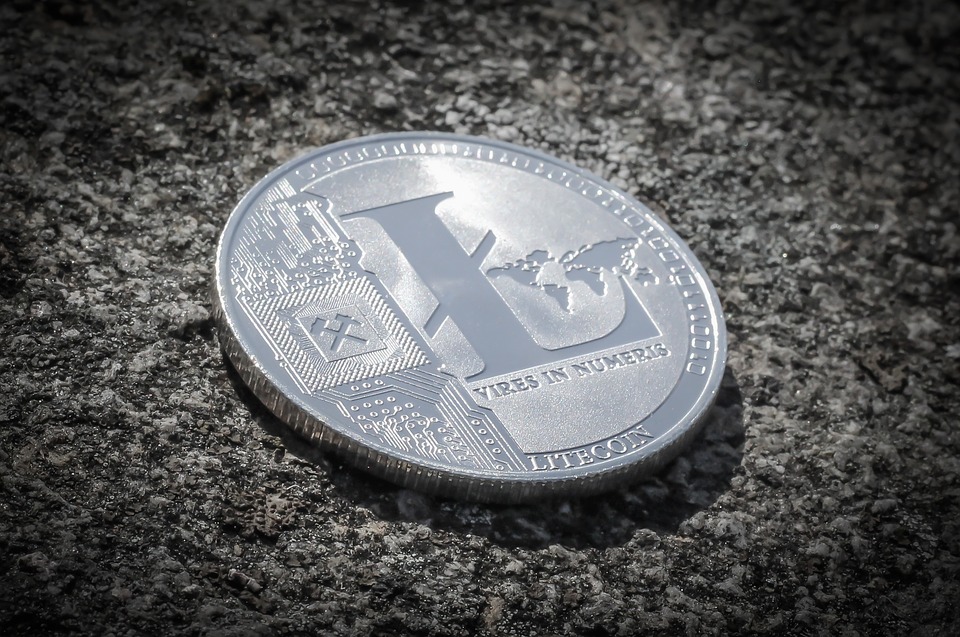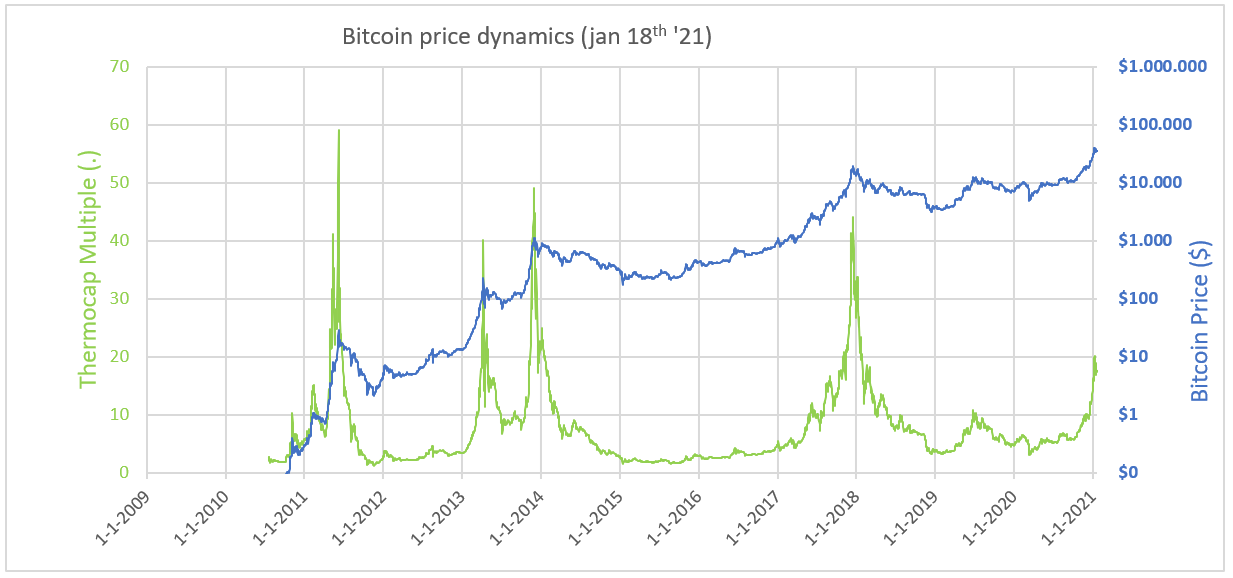Last Friday, a cryptocurrency trader who goes by the name of Hugo Sergio Meija took a guilty plea deal for his actions, which reportedly led to the laundering of up to $13 million via Bitcoin between May 2018 and September 2020.
He will appear in court next month, where he is expected to plead guilty in accordance with his confession – which would spare him from a longer sentence.
Mr. Meija advertised his sources on various internet forums, but reportedly also let news of his services spread by word of mouth. Mr. Meija would charge a commission on every transaction he would carry out in order to provide fiat in exchange for “dirty money”.
Law Enforcement Posed As Meth Dealers
According to law enforcement, in order to catch Mr. Meija they posed as a methamphetamine dealer based in Australia, and made sure to inform the trader of this beforehand in order to have proof that the trader was willfully engaging in money laundering and not just offering to buy large amounts of cryptocurrency for cold, hard cash.
The law enforcement officials then conducted a total of 5 transactions with the cryptocurrency trader before springing the trap and having him arrested for money laundering.
In total, slightly over $250,000 worth of Bitcoin changed hands by the time he was arrested. As part of the plea deal, Mr. Meija agreed to hand over all assts, digital or otherwise, that resulted from the exchange. The U.S. government seized a total $233,987 in cash and silver – both coins and bullion – and cryptocurrency worth $95,587 at the time of writing. All in all, a profit of nearly $80,000.
Depending on how the trial goes, Mr. Meija may face less than 25 years in prison for his actions.













